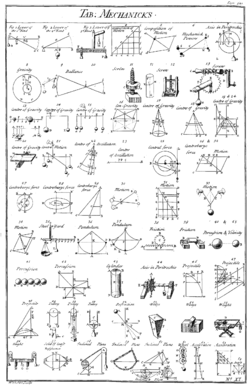IRON OXIDE
The case best known for its economic impact and be more visual, is the iron in its last phase: the formation of rust, iron oxide, Fe2O3. The metallic iron does not have as favorable an electronic configuration that allows you to keep electrons in place against wind and tide, so that in the presence of water and atmospheric oxygen, is oxidized. It happens in two stages as follows:
STAGE 1:
Oxidation of metallic iron to Fe (II), remember that intervenes water from the atmosphere and a kind of film is created. The overall reaction is:
Fe (s) + 1/2 O2 (g) + 2H + (aq) -> Fe2 + (aq) + H2O (l)
STAGE 2:
Oxidation of iron (II) to iron (III) oxide and formation of iron (III), Fe2O3
2Fe2 + (aq) + 1 / 2O2 (g) + 2H2O -> Fe2O3 (s) + 4H + (aq)
Besides rust formed in this second stage protons consumed in the first regenerate, which makes easier the process moving forward.
ALUMINUM OXIDE
Aluminum oxide has a different color, as it does in the iron and copper. And not only indistinguishable and does not allow us to realize the naked eye from oxidation, but also acts as a protective layer of the rest of the metal, causing corrosion does not extend to the core of it, the alumina layer can be easily attacked by strong acids and bases, such as hydrochloric acid, sulfuric acid or sodium hydroxide, aluminum oxidation to form the cation Al3 +. Depends, of course, the element which faces, but in the case of atmospheric oxygen the redox reaction of formation of aluminum oxide, Al2O3, occurs effectively, as follows:
Oxidation half reaction:
Alo → Al3 + + 3e
Reduction half-reaction:
O2 + 4e → 2O2-
Overall reaction
4Alo + 3O2 → 2Al2O3 (s)
BRONZE RUST
Corrosion of bronze, is actually the oxidation of copper in the alloy, known as verdigris or verdigris, is a poisonous patina green or blue color that forms on surfaces of copper or one of its alloys, such as bronze or brass . This patina is usually a mixture of copper acetates, mainly copper acetate (II), Cu (CH3COO) 2 with copper oxides and hydroxides.
The overall sequence of atmospheric corrosion of copper is well known. Initially oxygen and water react with a fresh copper surface forming a sequential structure Consisting of Cu2O / CuO / [Cu (OH) 2 or CuO. xH2O], the main component being Cu2O, cuprite. This is later followed by reaction With pollutants present as gases (e.g., SO2, NO2, O3, Cl2, HCl, and H2S) as ionic Constituents of aerosol particles or as ions in precipitation. Eventually a patina of Several compounds different forms on top of the INITIALLY FORMED cuprite layer. Important copper compounds are found as skidding Constituents Cu2Cl (OH) 3, atacamite, Cu4SO4 (OH) 6. H2O, posnjakite, and Cu4SO4 (OH) 6, brochantitie, in rural and urban areas. In urban areas Cu2SO4 (OH) 4, antlerite, and Cu2CO3 (OH) 2, malachite, are also found.

